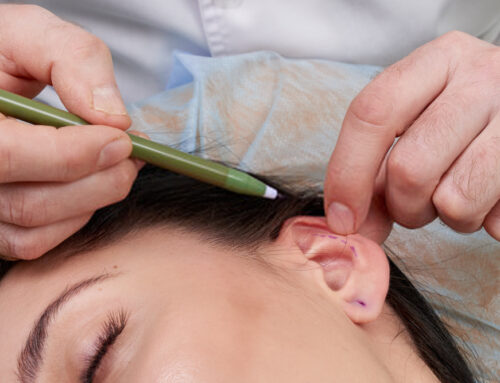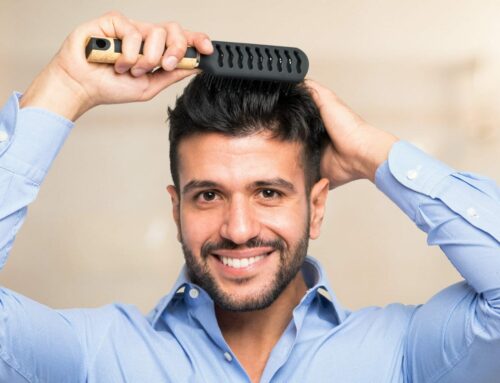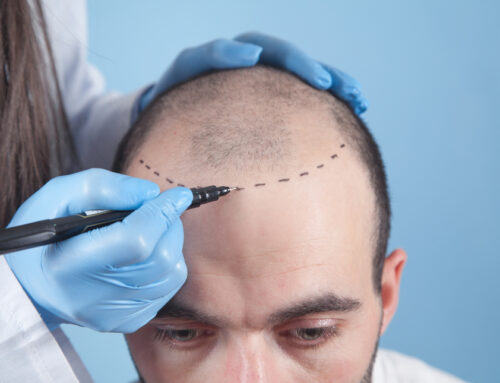What is a Natural Hair Transplant
In surgical procedures, hair transplantation is among the most newly advancing methods, followed by frequent technique changes.
This technique has reached a new peak with recent developments in technology and the notion of adopting follicular unit grafts. A more significant number of balding men and women have been persuaded to choose for this surgery by the opportunity to obtain very natural-looking results.
Preparing for hair transplant
Before the hair transplant, you should let your hair grow as long as possible. In this way, the surrounding hair can temporarily cover the small bald spots and the elongated scar that some methods can leave behind after the donor hairs have been removed. When you use the FUE method, there are no elongated scars to hide, as it only leaves small holes that cannot be seen with the naked eye at a normal distance.
You must come to the surgery appointment with thoroughly washed hair and loose clothing with a button placket or zipper. So you don’t have to pull the top over your head and you don’t endanger the wounds. With a rich breakfast and sufficient fluid intake, you can prepare your system for the upcoming exertions.
There are also some things you should avoid doing before hair transplant.
These include alcohol and nicotine as well as certain medications. You usually have to temporarily stop taking blood-thinning medicines such as aspirin, ASA, Thrombo ASA or Marcoumar.
NATURAL HAIR TRANSPLANT
Using FUE or removing the follicular unit is done by removing the hair found on the head’s rear and implanting it to the required balding regions. Although the hair in this region strongly matches the hair loss in the thinning areas, it is the perfect place for the advanced method to extract large fragments of hair follicles rapidly and efficiently.
For the transplant, the most healthy outcomes show up from using hair found at the back of the head as it resembles the hair you have lost. The transplantation will occur once the source follicles are extracted. The skin will help recover once they’re implanted, and the follicles will gain traction and start growing hair.
The hair will thrive again when the donor regions recover, filling up the tiny post-procedure spot on the scalp. You will not be rendered with any linear signs that some might expect from a conventional hair transplant. Thanks to the advanced techniques of the FUE. Instead of thinking about any jutting scars, patients can wear their short hair.
You May Also Like: Preventing Bad Hair Transplant
Advantages
Secure: No unsafe drugs are required to restore your hair.
Irreversible: No temporary toupees required
No big wounds: With this process, the absence of scar tissue or stitches means you won’t have any extensive jutting injuries.
Quick: This technique addresses broad areas, maximizes efforts, and reduces the duration of treatment.
Useful: advances in new technologies enable millions of follicles to be grafted during the rapid FUE process at each dose.
Specific: Grafts are more useful than ever, meaning hair transplant is more realistic.
Healthy looking: For natural & smooth outcomes, the implant uses your hair.
Cost-efficient: reduce premiums of what you’ll find with the FUE or FUSS manual method.
Advanced: The modern FUE technique does not produce longitudinal skin damage than older hair transplantation techniques.
Quick hair development: 60 percent of clients within six to eight months of the treatment have reported new hair growth.
Hair transplant facts
- The hair grafted acts like natural hair and sheds three to four weeks after transplantation stems then begin gradually to grow hair and tend to do so for life.
- It makes this a pain-free operation through general anesthetic, and the person will go home the same day.
- Hair transplantation varies from – anti-hair reconstruction in which a pre-chosen base of flexibility is placed on the scalp. Hair transplantation doesn’t mean that you would have a beautiful hair harvest, as the outcome varies depending on each person and often has some relation with the natural hair quality of an individual
- In hair transplant surgery, any case of hair loss does not have a cure. It depends solely on a case-by-case basis.
- The price of the treatment relies on the amount of hair been grafted. As the number of grafts increases, the price will increase automatically.
HAIR TRANSPLANTATION TECHNIQUE
While aging is not a limit for hair transplant surgery, in younger age groups, a transplant’s benefits and drawbacks have to be carefully examined. Until hair implantation is suggested, clients between 20 and 30 must have a stable hair loss frequency. In determining hair loss and preparing a new hairline, a comprehensive family history is helpful.
The color, consistency, and thickness of the source’s hair and the comparison between the hair and the colors of the body are critical aspects affecting the outcome. The lower the difference between the hair and the skin of the donor, the better the result. It is also known that in grafted hair, frizzy, curly, or wavy hair are beneficial features.
To grow a realistic hairline, single strand grafts are used. Among the most critical steps in hair transplant surgery is preparing the hairline. The hairline is the most recognizable sign, and the hairline’s quality also measures a surgeon’s work performance.
Written on: 23/03/2021 – Last Update: 08/11/2022





Leave A Comment